Agricultural mechanization implies the use of various power sources and improved farm tools and equipment in order to enhance the overall productivity and production with the lowest cost of production. The contribution of agricultural mechanization has been well recognized in enhancing the production through improved systems of land preparation, planting, irrigation, weeding, fertilizer, and pesticide application.
The agriculture production system in Somalia is based on a very traditional system that relies mainly on traditional tools such as the hand hoe, locally known as “Yambo” and Kawawe for preparing the land, planting weeding and making irrigation structures in the field. For the majority of the small-scale farmers, these have been the only tools available. While these tools provide, the subsistence need of the household, it does not cover the country’s need to address food security and the demand for increased agriculture production. In order to achieve the country’s requirement for food, more sophisticated agriculture machinery that is well adapted to the conditions is needed.
Based on FAO estimates in 2016, the current cereal (maize and sorghum) production level in Somalia can only cover half of the country’s requirement. This is because of the low production per unit area (1 ton/ha for maize and 0.3 tons/ha for sorghum) and the desertion of farmlands, as most of the farmers migrated from their farmland to major cities in search for better opportunities. The cereal deficit in the country comes from the food imports by Somali merchants and in the form of food aid. This is a costly business as it depletes the meager foreign currency available in the country and discourages the local production.
In recent years, land plows using tractors mounted with disc plows became a common trend by most farming communities throughout the country. Tractors of different models are imported into the country either by direct purchase or in a form of donations from development organizations operating in Somalia. It’s important to note that the tractor alone does not solve the problem. The various implements drawn by the tractor are more important than the tractor itself. These include disc harrows, chisel plows for minimum tillage application as well as planters, fertilizer applicators, cultivators, sprayers, and harvesters that can be utilized. These implements will enable farmers to minimize their production cost while expanding their area of production.
SATG, in partnership with some lead farmers in the Afgoi, has taken the initiative of demonstrating the potential application of various tractor drawn implements for large scale commercial production. These demonstrations have included grass cutters, turners, bailers, maize planters, fertilizer applicators, and cultivators. In the Deyr season of 2016/17, SATG has demonstrated the potential use of a four row maize planter and fertilizer applicator in a 5 ha land area at the ABIC (Agribusiness Incubation Center) in Afgoi. Commercial farmers have witnessed that maize planting and fertilizer application can be performed simultaneously in one operation and within a short period of time. SATG strongly believes that the introduction of agriculture mechanization technology will reduce the labor cost, while up-scaling the agriculture production in Somalia.
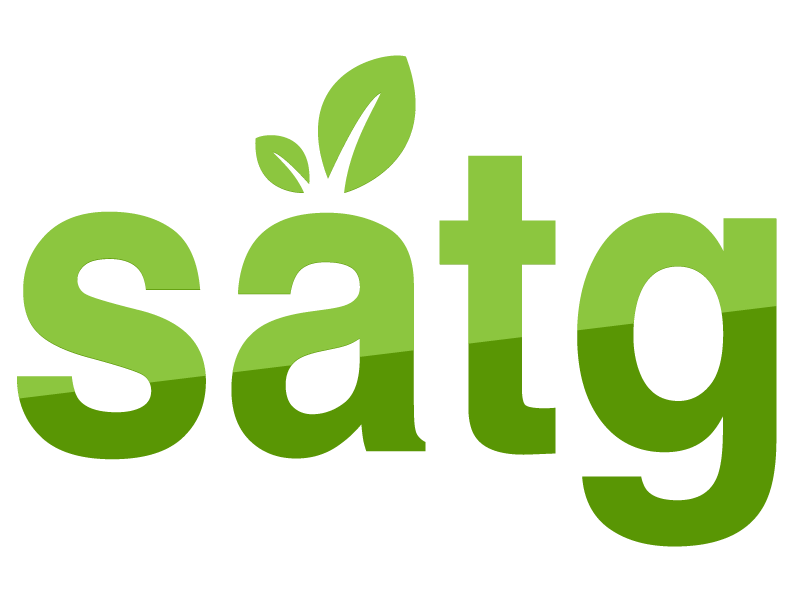
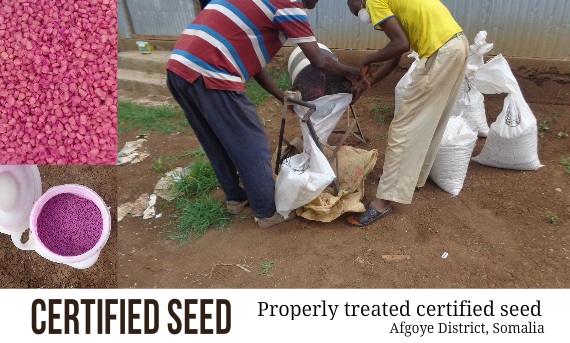

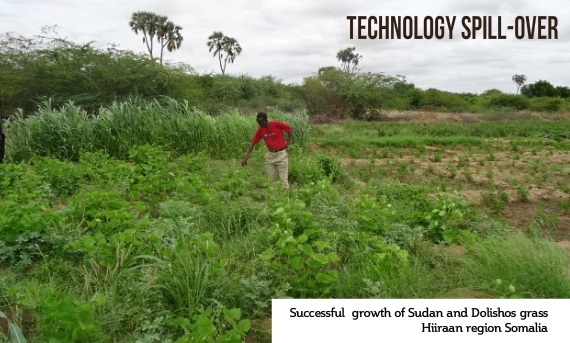
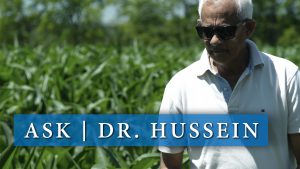
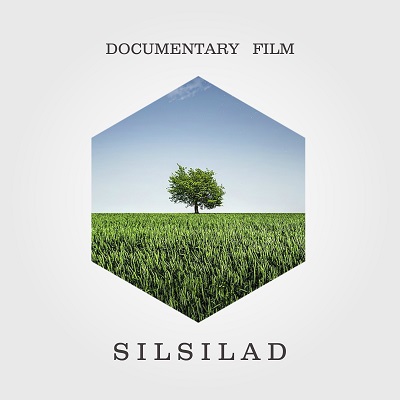
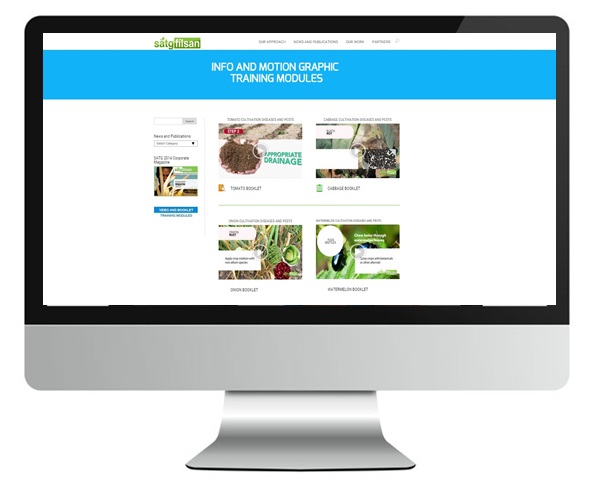
Thank you really SATG for your good work u i really do appreciate and this is the only solution to increase the agricultural production we pass over the time forms used to produce what they have to eat by them selfs it time to produce food for the work not only to our selfs.
i would like to over my self as agricultural engineer to SATG in this field which is farm mechanization my experience and togher we can educate the people
thank you once again
Thanks for introducing this new farming method into our farming communities. Is there any Sesame mechanical planting machine available in Somalia as I am farming sesame in Middle Shabelle and have alot trouble with the manual time consuming traditional planting system.
Dear Mr. Hassan,
Thank you very much for your inquiries. Yes, in order to reduce the time and so the cost of sowing the sesame seeds, it’s necessary to use efficient sowing methods including planting machines. However, we have not used or seen any sesame planting machinery available in Somalia. For the time being, at SATG, we are applying improved planting practice including, the use of plastic bottles with three equal holes on the top of the bottle cap that allow the release of 4-5 seeds per hill. In this way, we have been able to minimize the excessive amount of sesame seeds sown per hectare from more than 20 kg/ha to about 6 kg/ha. in the near future, we hope there will be sesame sowing machines available in Somalia.